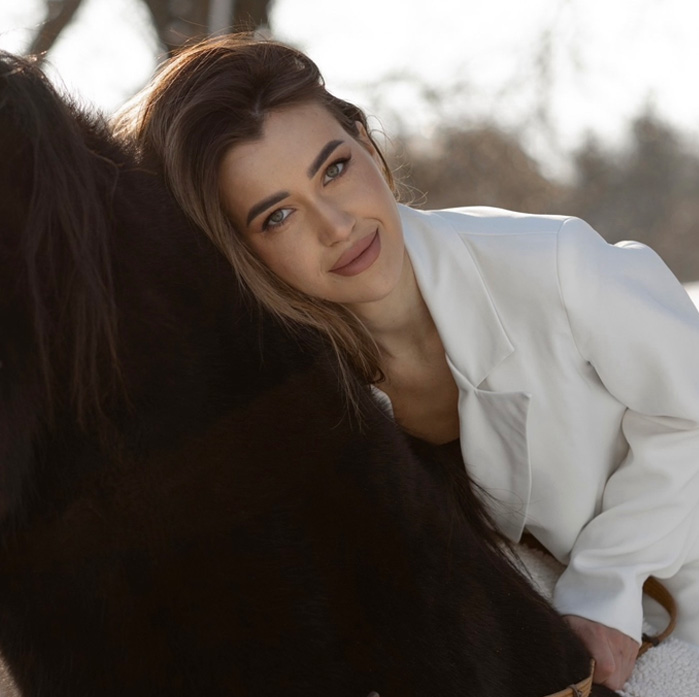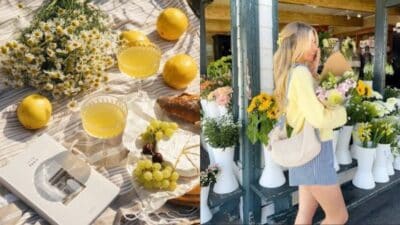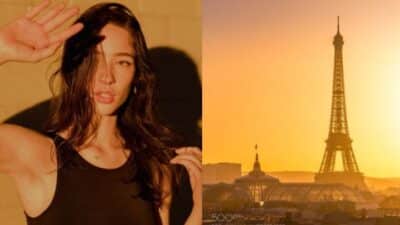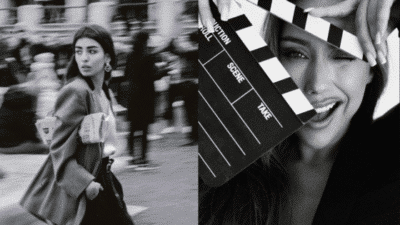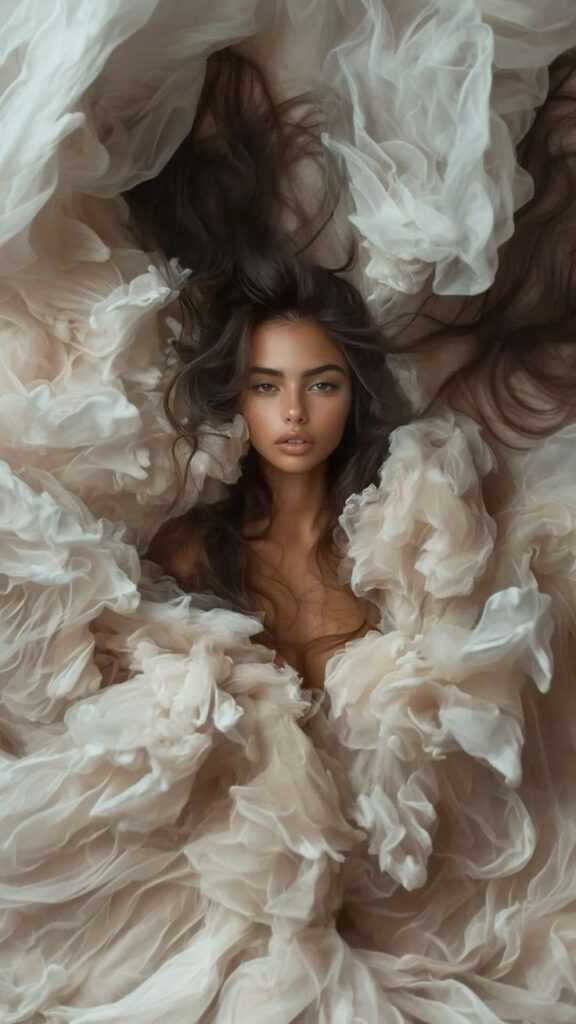
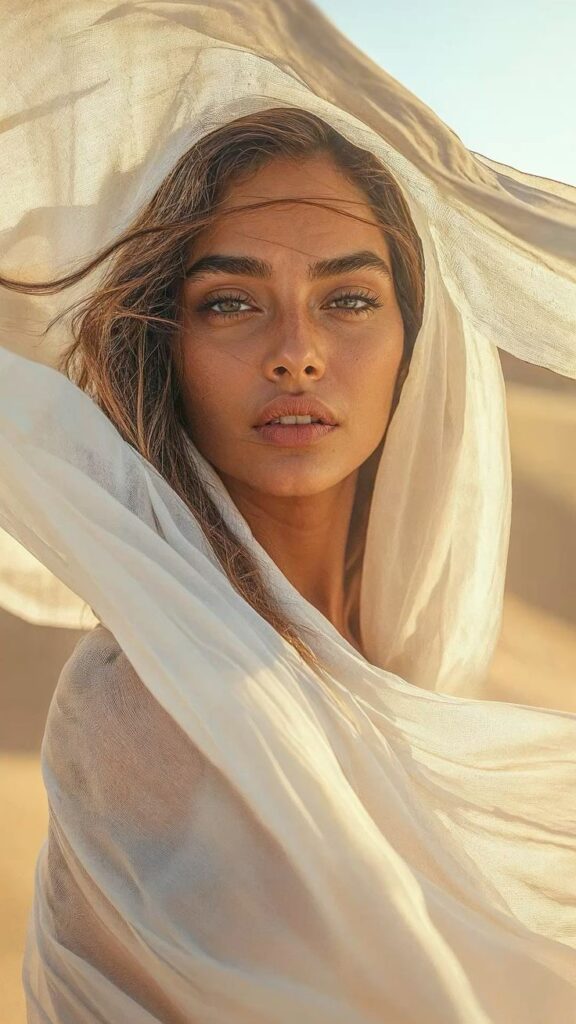
Photoshoots can bring moments to life and show personality in unique ways. The best photoshoot ideas depend on the setting, purpose, and mood you want to capture. Whether someone wants simple portraits or fun, creative themes, there are plenty of options to match.
Choosing the right concept can make the experience more enjoyable and the results more striking. Exploring ideas that fit different places, seasons, or people helps create photos that stand out. This guide shares useful thoughts to spark inspiration for any kind of photoshoot.
Key Takeaways
- Photoshoots should match the mood and setting for the best results.
- Creative and seasonal themes add interest and variety.
- Planning and location choice are key to success.
Classic Photoshoot Ideas
These ideas focus on timeless styles and settings that work well for a variety of subjects. They cover how to capture personality, use natural light outdoors, and set up controlled studio environments.
Portrait Photography Concepts
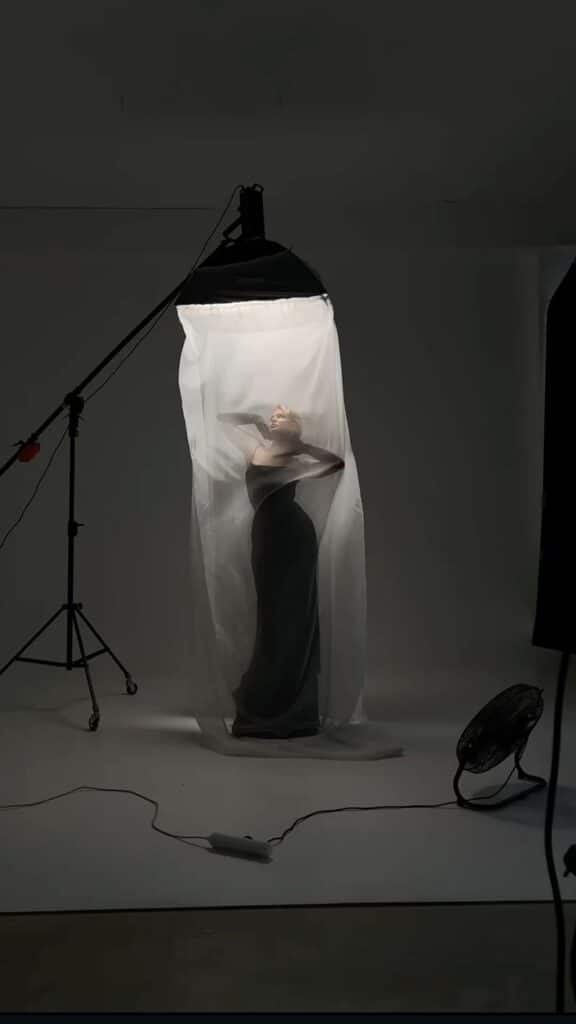
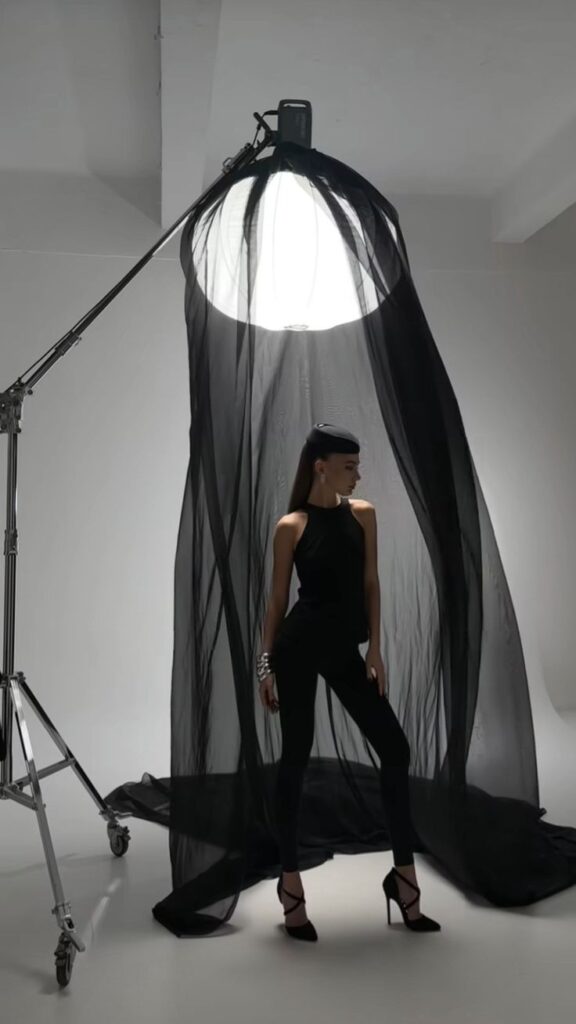
Portrait photography highlights the face and expression of the subject. The key is to create a connection between the camera and the person. Simple backgrounds help keep attention on the face.
Posing should feel natural, using slight head turns or relaxed shoulders. Lighting plays a major role—soft light from windows or diffused flashes work best to avoid harsh shadows.
Using props like chairs or hats can add character. It is important to engage with the subject to bring out genuine expressions. Close-up shots often show more emotion than wide frames.
Outdoor Family Shoots
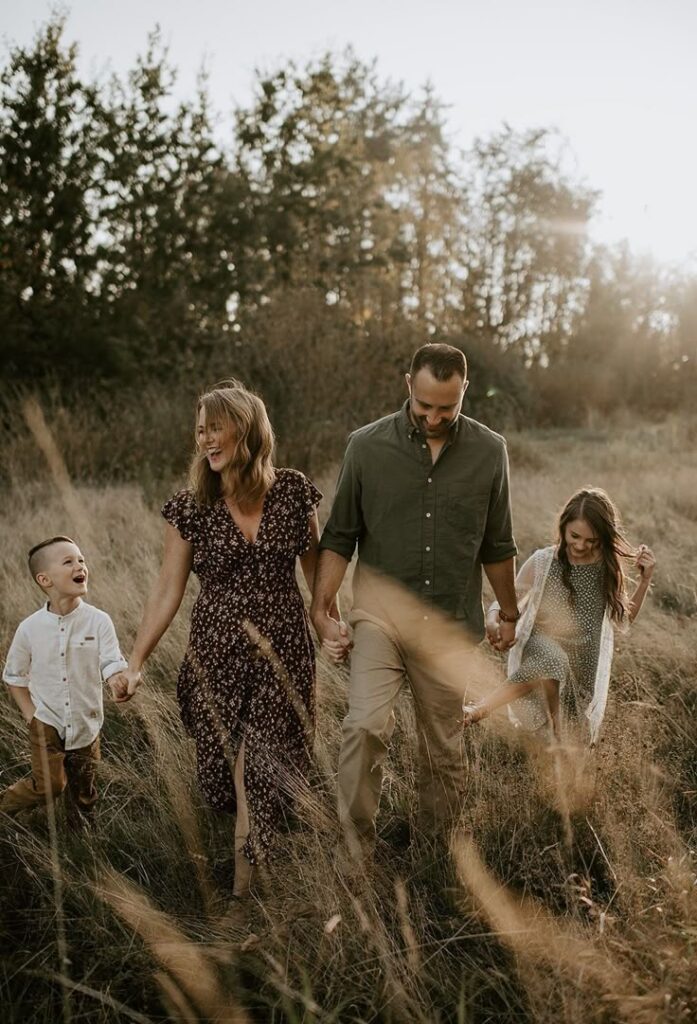
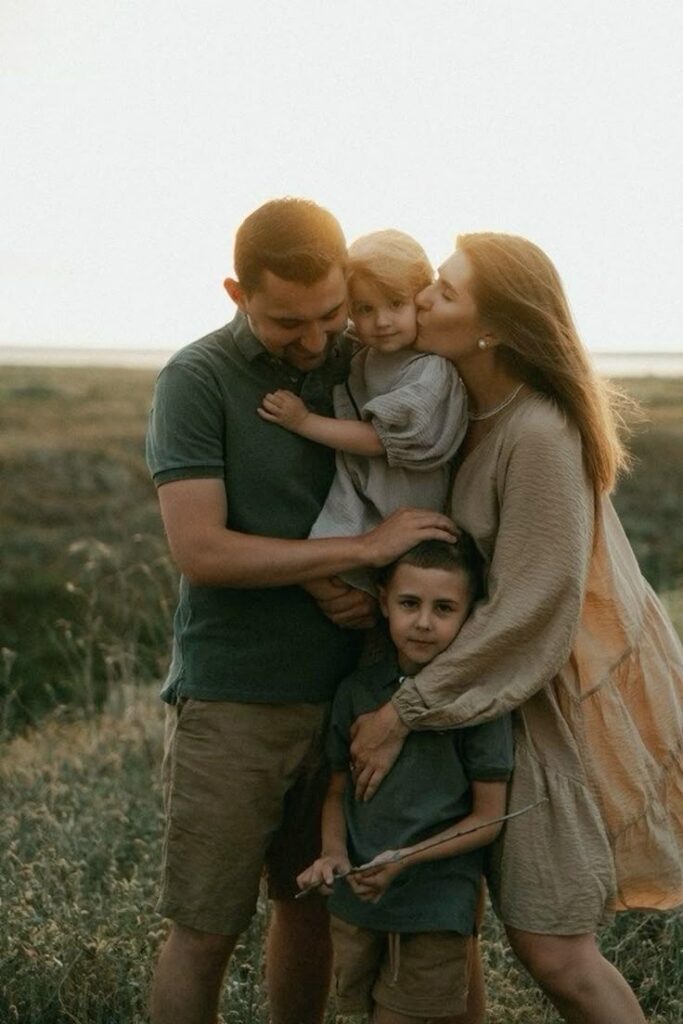
Outdoor family photos capture candid moments in a natural setting. Parks, gardens, or beaches are common locations because they provide varied backgrounds and natural lighting.
Choosing the right time, like early morning or late afternoon, ensures soft, flattering light. The family should wear coordinated but not identical colors to look polished yet natural.
Groups can be arranged in casual poses, such as sitting in a circle or walking hand-in-hand. Encouraging interaction like laughing or playing helps create authentic expressions.
Working with the environment, such as using trees or benches, adds visual interest and makes the photos dynamic.
Studio Lighting Setups
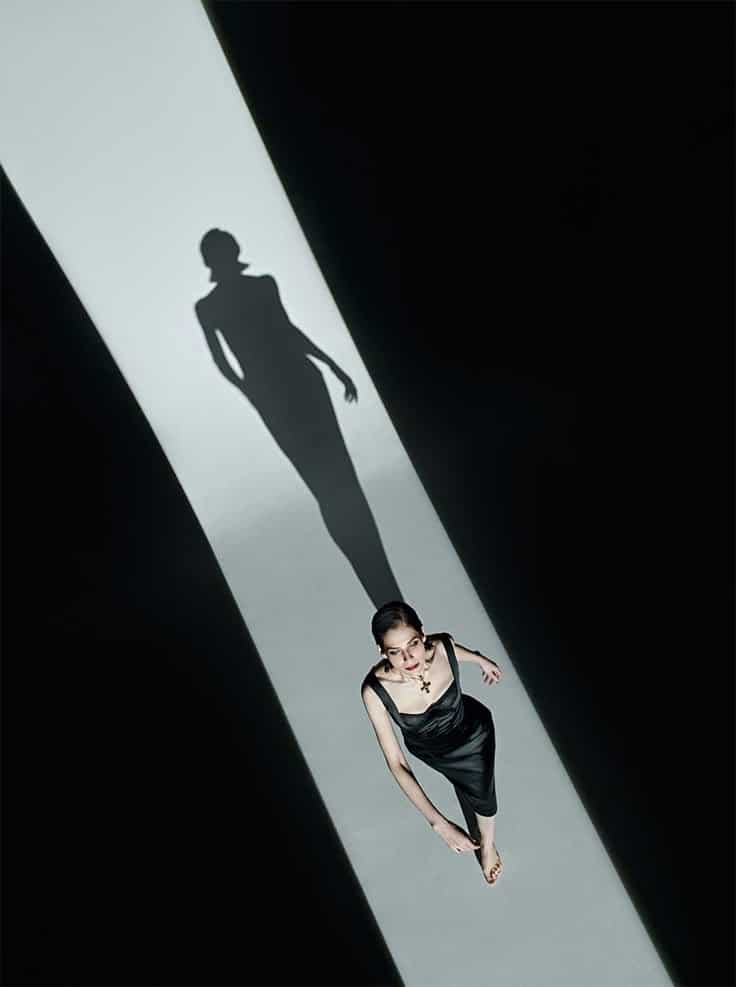
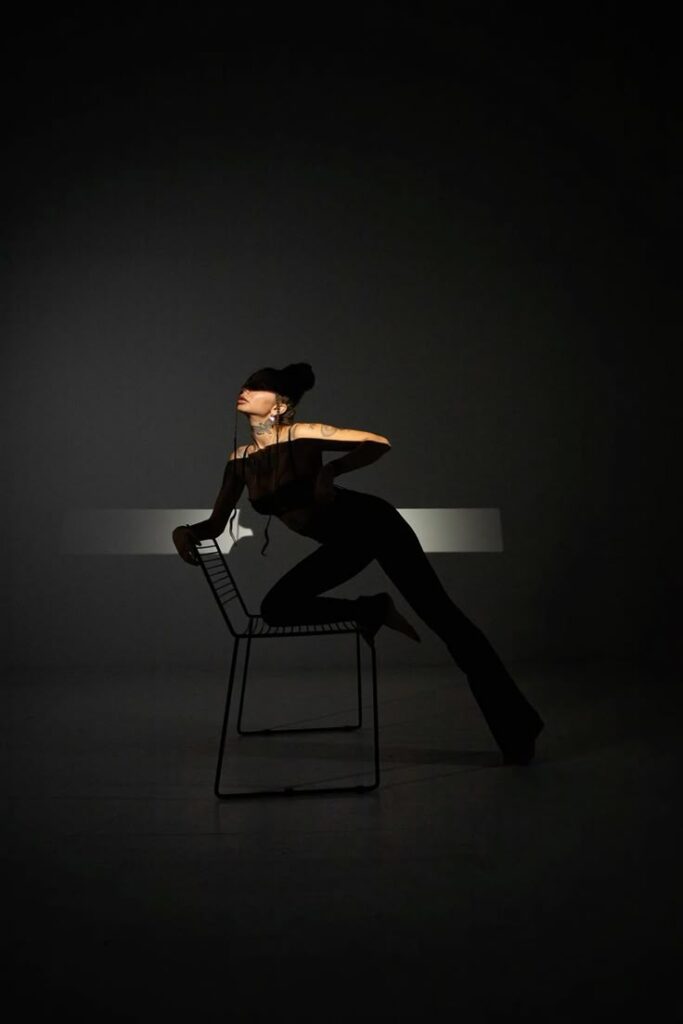
Studio lighting allows full control over the look and mood of a photo. Using key lights, fill lights, and backlights helps shape the subject and eliminate unwanted shadows.
A common setup is the three-point lighting system:
- Key light: main source, often placed at a 45-degree angle.
- Fill light: softens shadows, placed opposite the key.
- Backlight: separates the subject from the background.
Modifiers like softboxes or umbrellas soften light for a more flattering effect. Changing light positions creates different moods—from dramatic with high contrast to soft and even.
Proper white balance and exposure settings are also critical to getting clear, vibrant photos.
Creative Photoshoot Inspirations
Creative photoshoots often use strong ideas, unique looks, and interesting objects. These elements make images stand out and tell a story.
Thematic Concepts
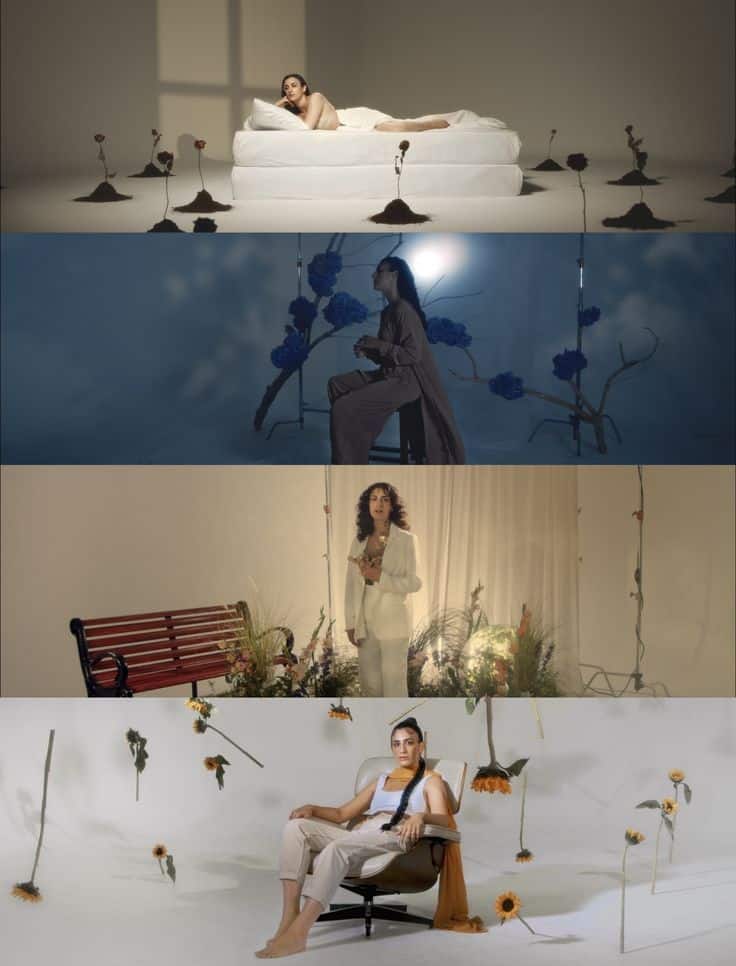
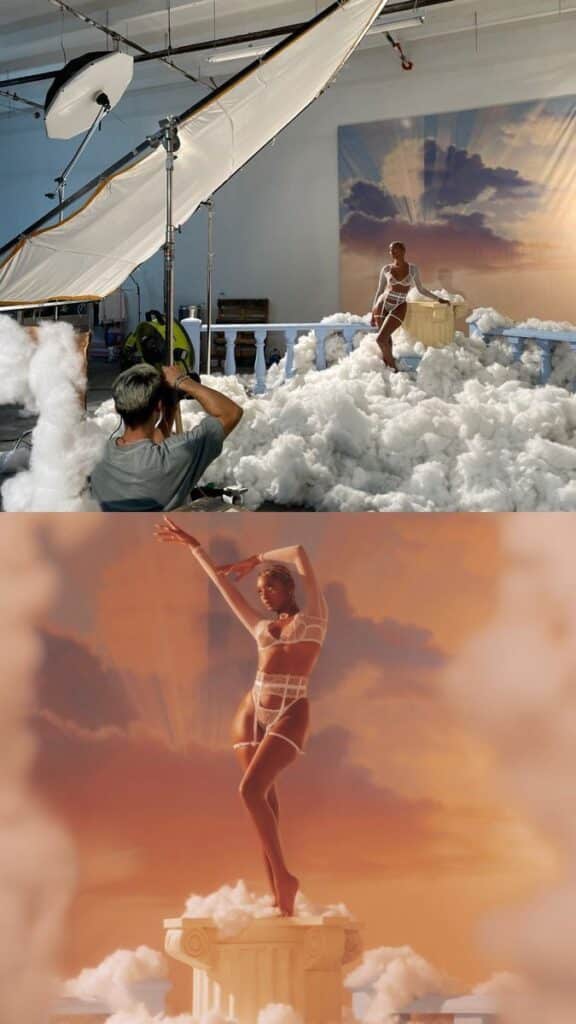
Thematic photoshoots use clear, focused ideas that guide the whole session. Themes like “vintage,” “urban decay,” or “nature escape” give the shoot a mood and purpose. Choosing colors, clothing, and locations that match the theme helps create a consistent look.
Themes can also connect to events or emotions, such as celebrations, sadness, or hope. This makes photos more meaningful. Planning a theme ahead saves time and keeps the shoot organized.
Fantasy and Surreal Styles

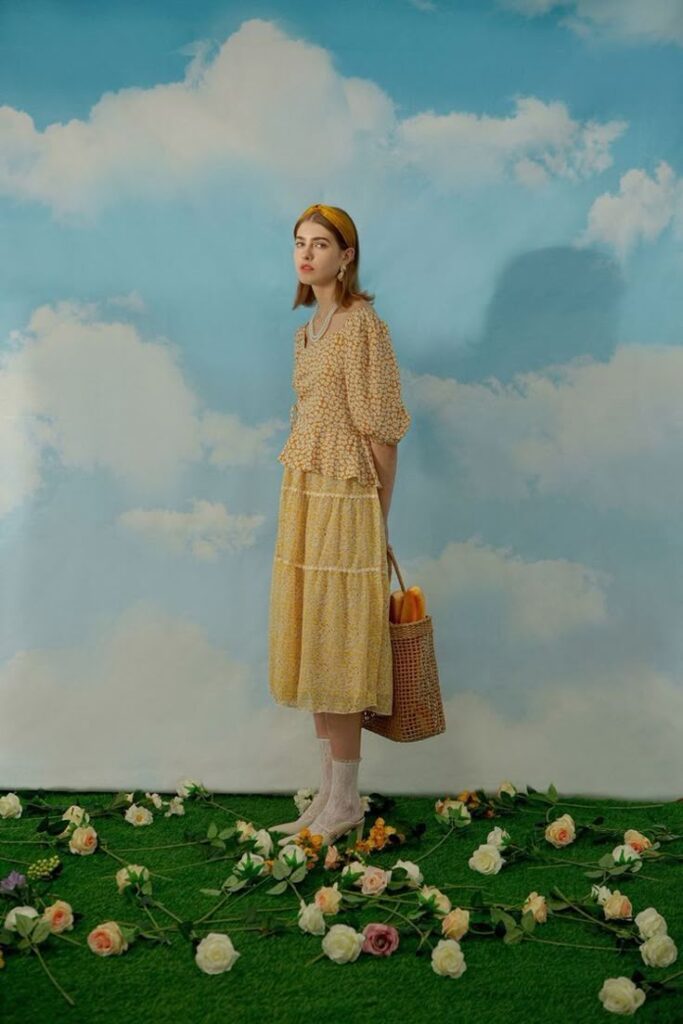
Fantasy photoshoots bring imaginary worlds to life with costumes, makeup, and effects. They often include elements like fairy wings, glowing lights, or dreamy backgrounds. Surreal styles alter reality by using unusual angles, unexpected props, or digital editing.
These styles encourage creativity and let photographers experiment with storytelling. The key is blending real and unreal in ways that surprise viewers. Lighting and colors are important to build the mood.
Prop Integration
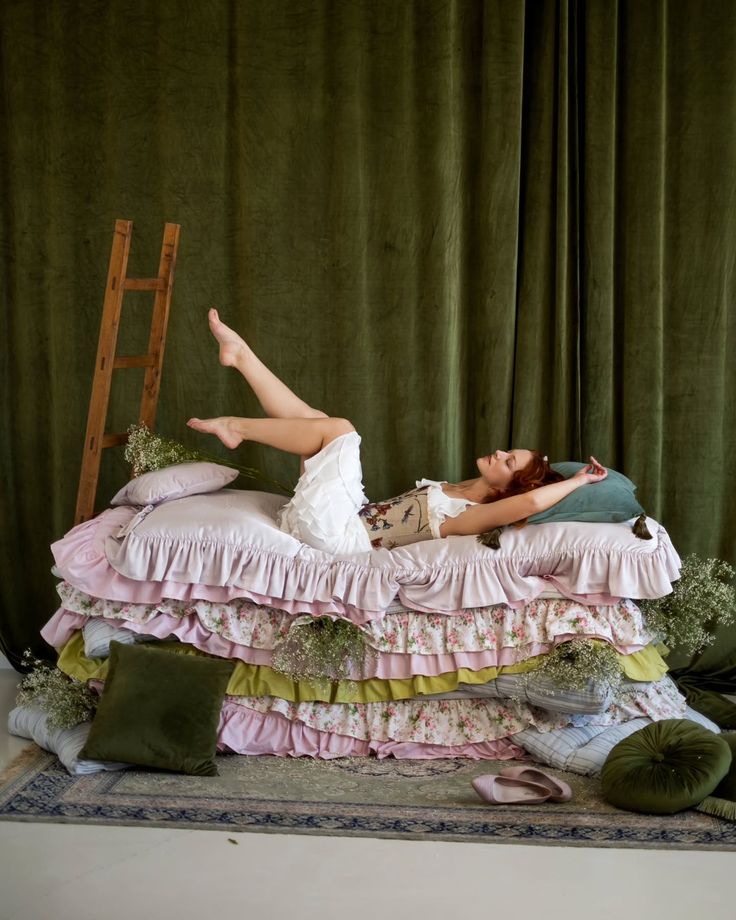
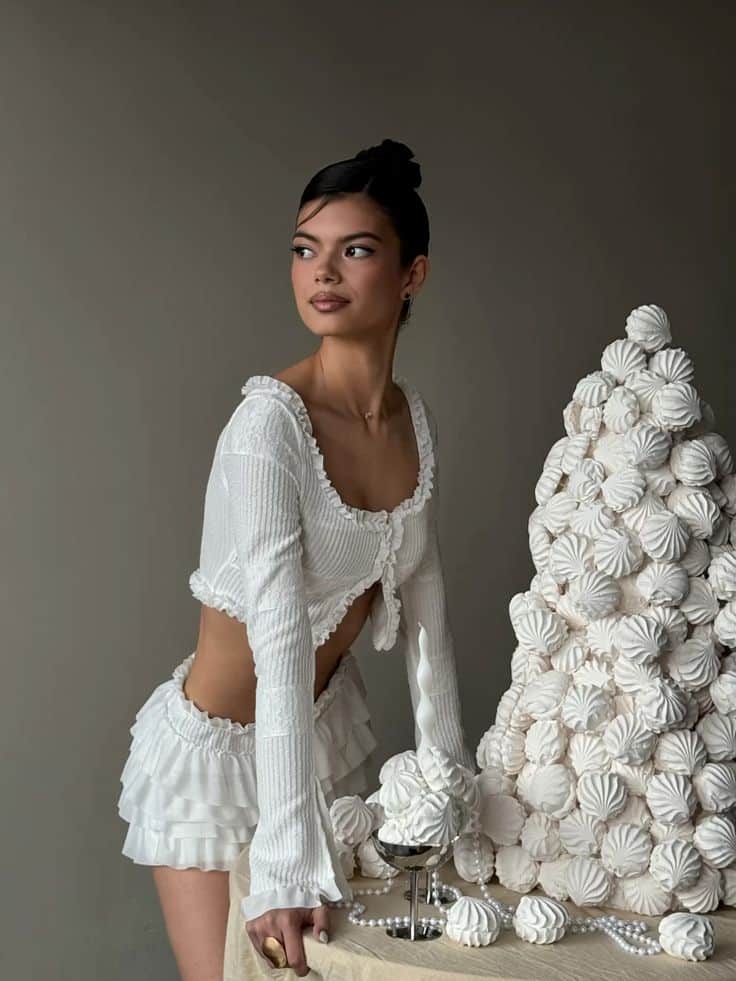
Props add depth and interest to photos. They can be everyday objects or custom-made items, like old books, balloons, or mirrors. Choosing props that support the shoot’s idea is essential.
Using props well means they should enhance, not distract. They can help subjects pose or tell part of the story. Organizing props before shooting makes the process smoother and avoids last-minute problems.
Seasonal and Holiday Photoshoots
Seasonal changes and holidays offer clear themes and natural settings for photoshoots. Each period has unique visuals and colors that can make photos stand out. Attention to props, costumes, and location helps capture the true spirit of the time.
Spring Blooms
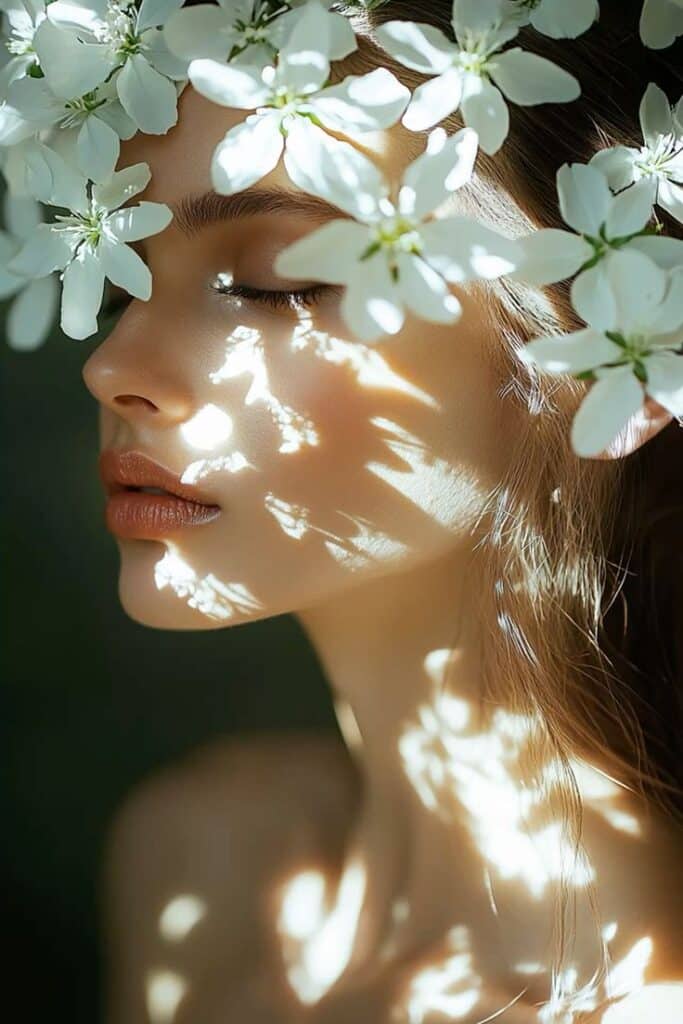
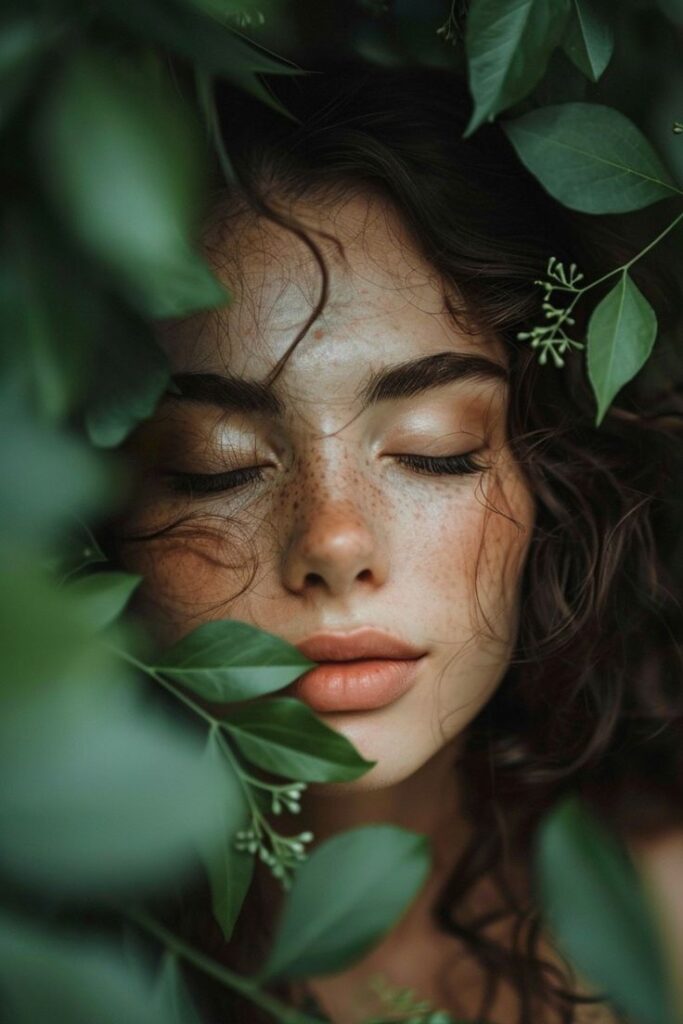
Spring photoshoots often focus on flowers, fresh greenery, and soft, natural light. Popular locations include gardens, orchards, and parks with visible blooms like tulips, cherry blossoms, or daisies.
Subjects usually wear light, pastel colors to complement the surroundings. Props like flower crowns, baskets, or picnic setups can add detail and interest.
Shooting during the early morning or late afternoon gives the best light, avoiding harsh midday sun. Including bees, butterflies, or raindrops can enhance the natural feel of the shoot.
Winter Wonderland
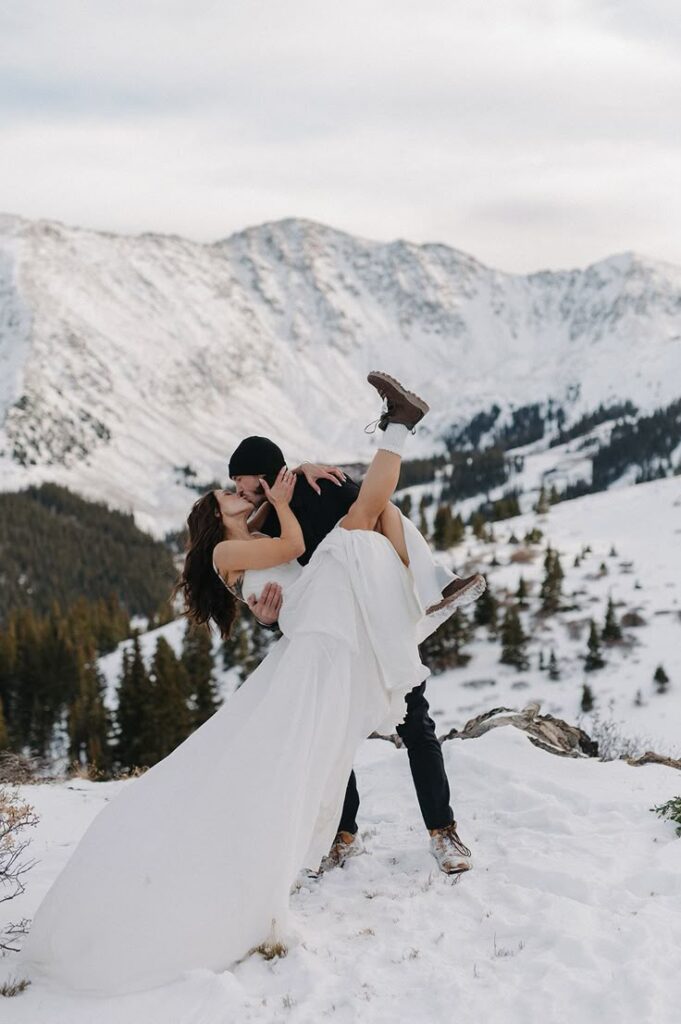
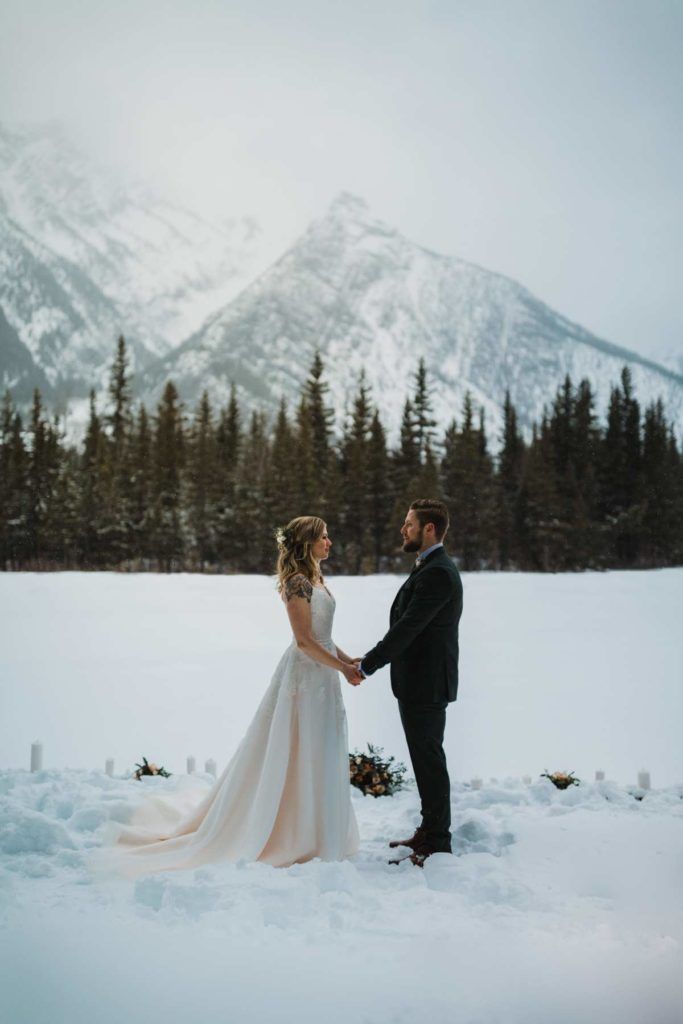
Winter shoots use snow, frost, and bare trees as backdrops. Subjects often wear warm clothing like coats, scarves, and hats that contrast against white snow.
Clear, sunny winter days or soft snowfall offer unique lighting. Overcast skies provide even light but can feel flat, so focus on texture and color contrast.
Locations can include forests, mountains, or urban streets decorated with holiday lights. Props such as blankets, hot drinks, or sleds add cozy touches.
Festive Holiday Themes
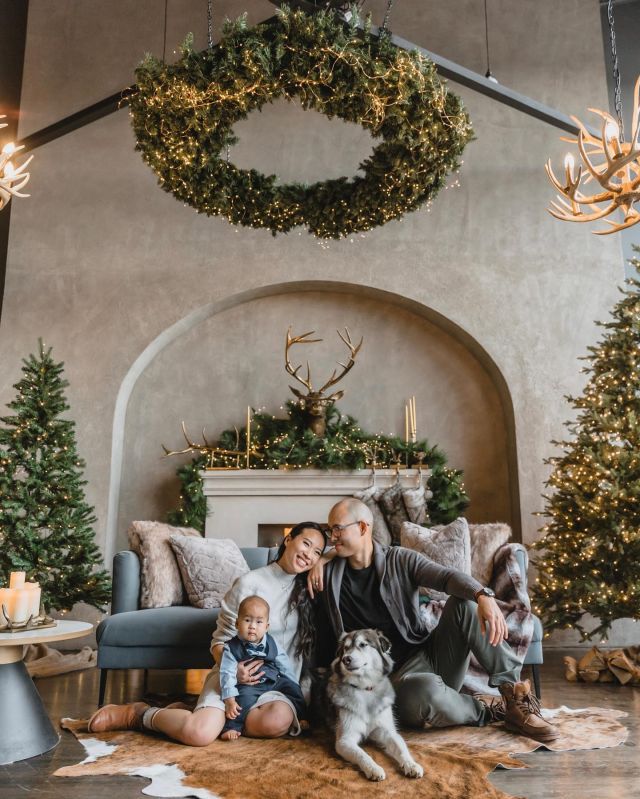
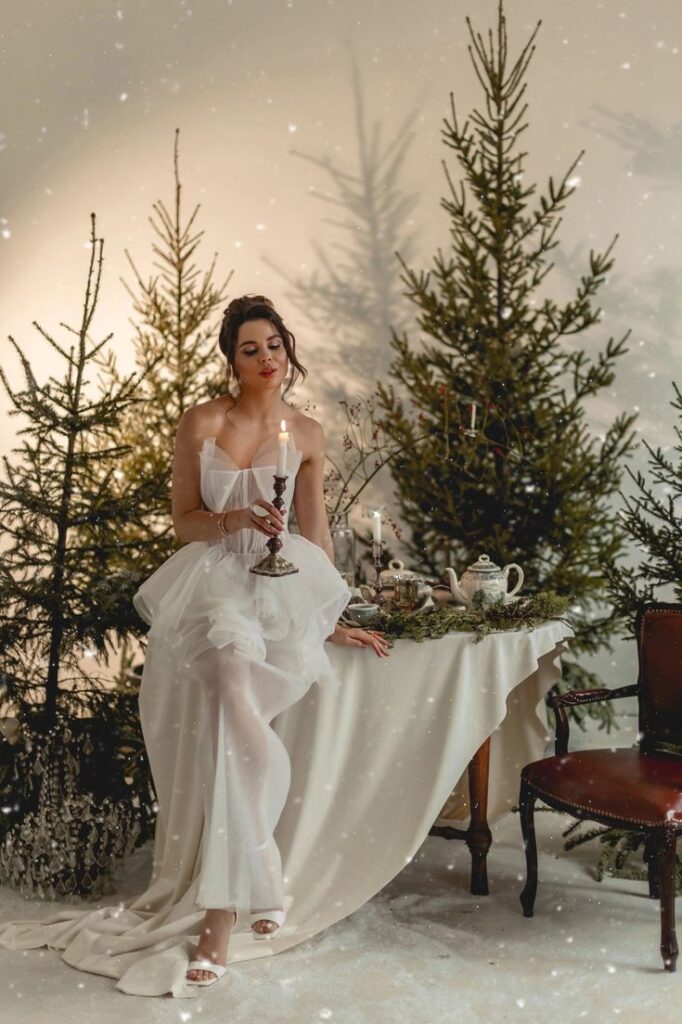
Holiday-themed photoshoots capture the spirit of celebrations like Christmas, Halloween, or Easter. Decorating with holiday-specific items sets the scene quickly.
For Christmas, lights, wreaths, and gifts create a festive mood. Halloween shoots use costumes with pumpkins, fake webs, and spooky accessories.
Easter photos focus on pastel colors, eggs, and spring animals like bunnies. Timing is important; shooting just before the event makes the photos relevant and timely.
Using themed backgrounds, simple decorations, and appropriate clothing helps keep the shoot clear and focused.
Lifestyle and Candid Ideas
Capturing natural and relaxed moments helps create photos that feel real and relatable. Using everyday settings and simple activities brings out genuine expressions and emotions.
Everyday Moments
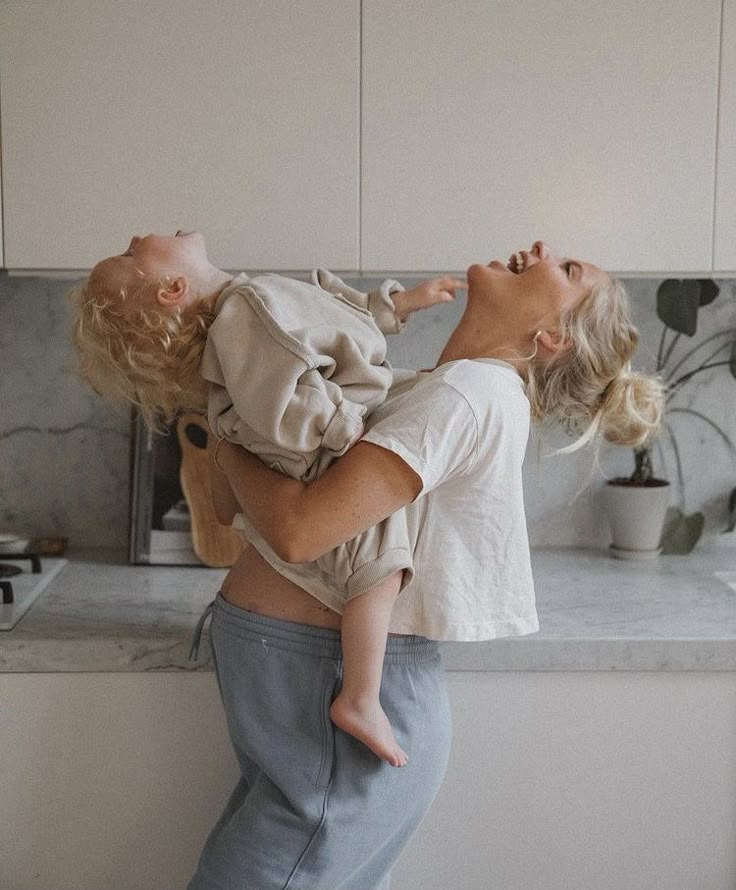
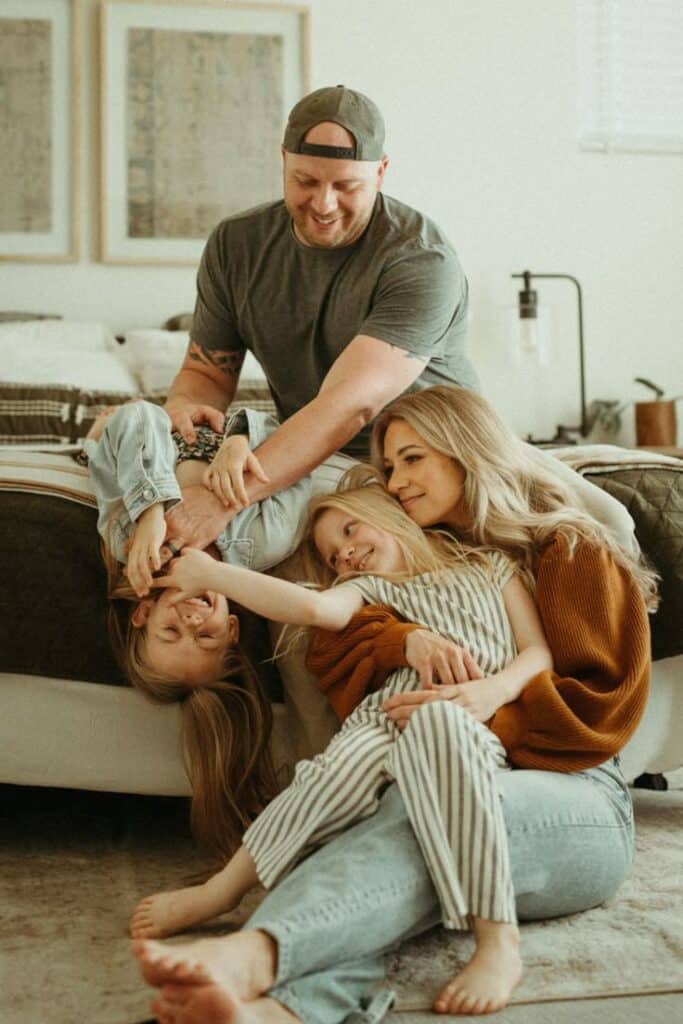
Photographers should focus on small, routine actions that show personality. This includes things like making coffee, walking a dog, or reading a book. These moments look natural and tell a story without needing poses.
Lighting plays a key role in everyday photos. Soft, natural light from windows or outdoor shade works best. It helps avoid harsh shadows and keeps the image warm.
Encourage subjects to move and interact with their environment to catch spontaneous expressions. Candid shots of laughter, concentration, or thoughtfulness add depth without looking forced.
At-Home Shoots
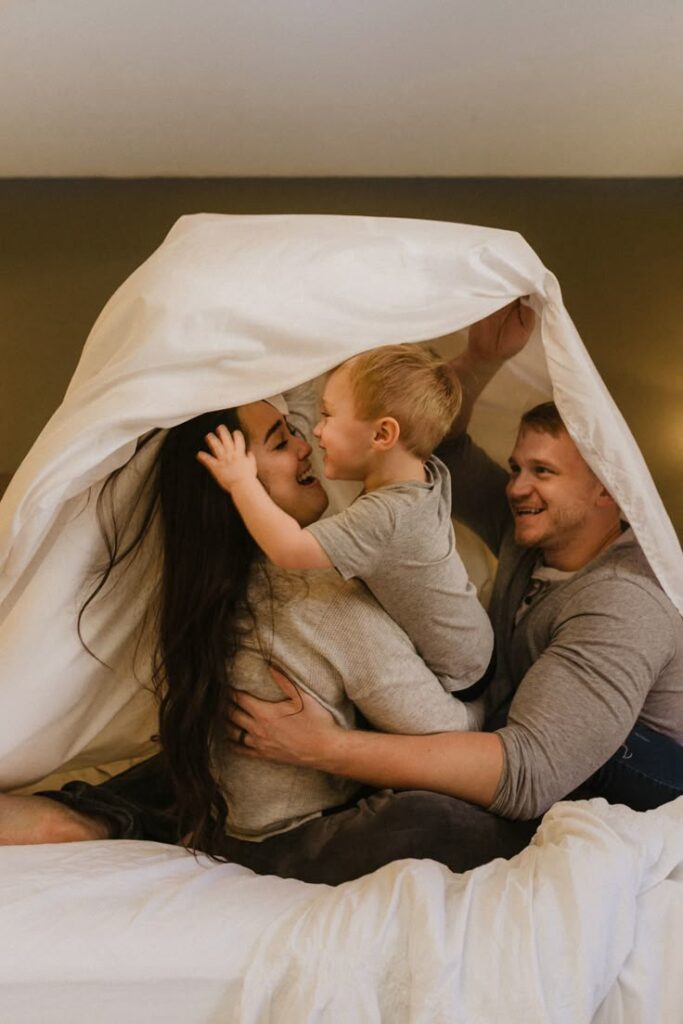
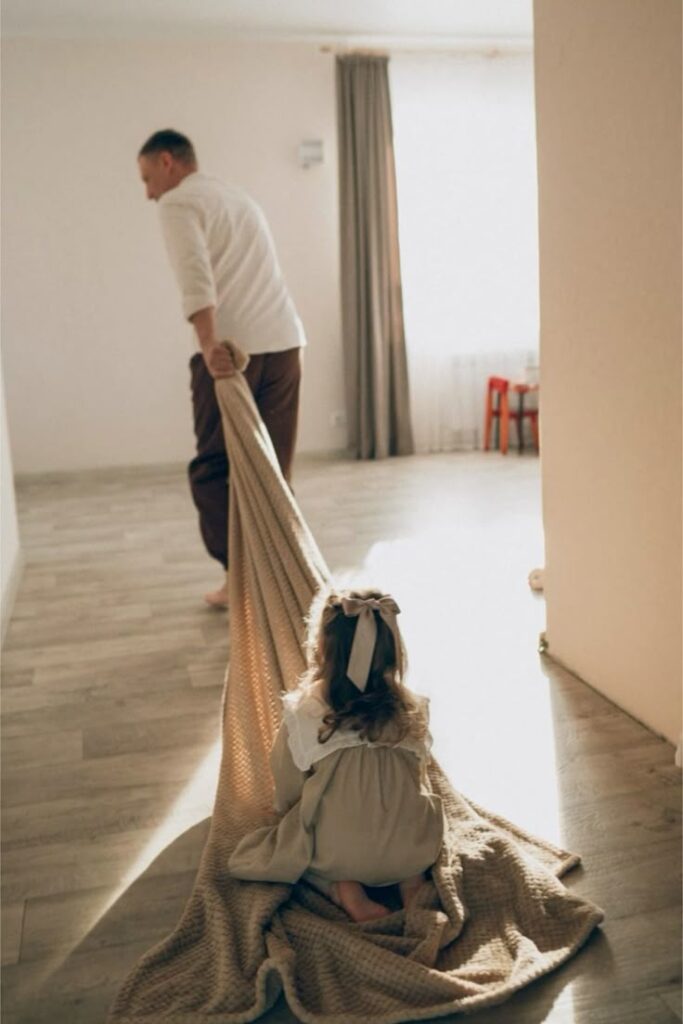
Shooting indoors offers control over surroundings and comfort for subjects. Simple setups near windows with natural light create a calm atmosphere.
Photos in kitchens, living rooms, or bedrooms show daily life. Actions like cooking, playing with pets, or relaxing on a couch make images feel personal.
Using props like books, plants, or mugs adds interest without distracting. The key is to keep the space tidy but lived-in, which helps tell a true-to-life story.
To capture authentic moments, photographers should give minimal directions and let subjects behave naturally. This encourages real interactions and emotions.
Fashion and Editorial Shoots
Fashion and editorial shoots focus on style and mood to tell a visual story. These shoots highlight clothing, accessories, and unique concepts that create a strong impact.
Street Style Inspiration
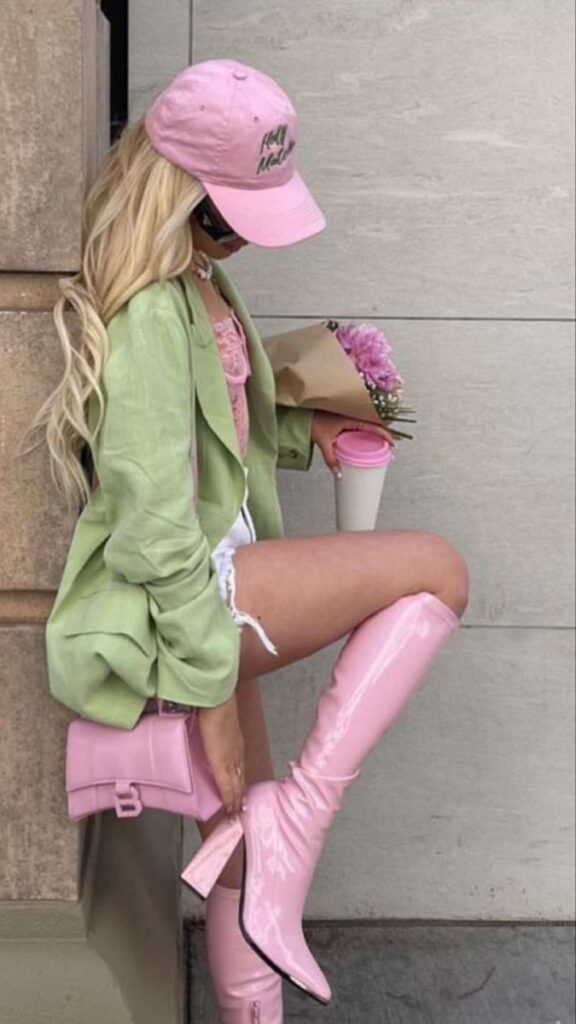
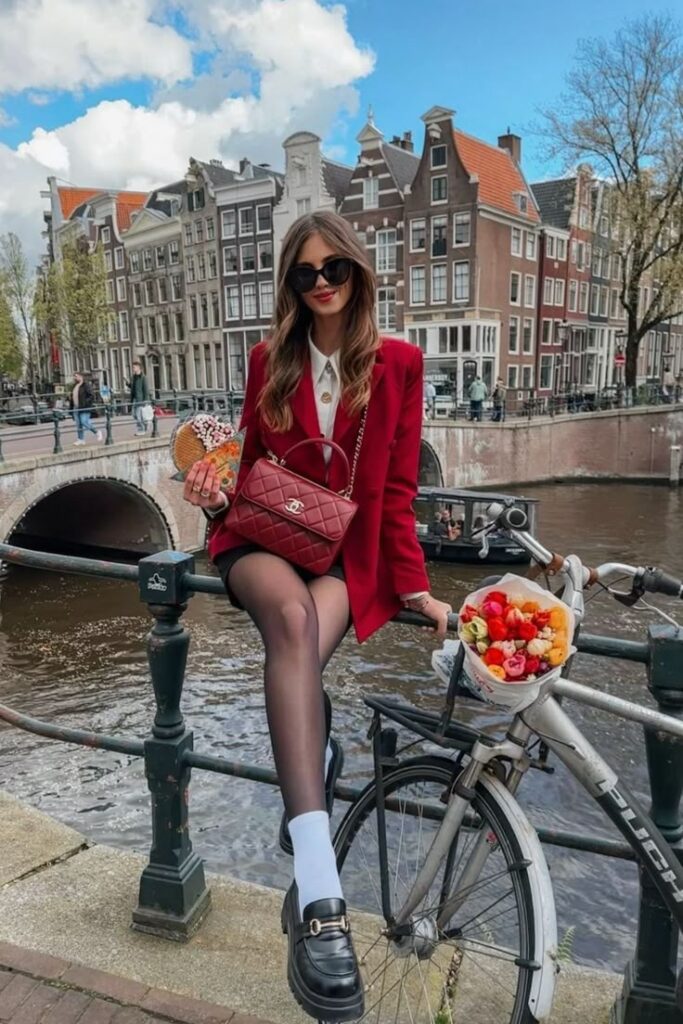
Street style shoots capture everyday fashion in real-world settings. Photographers often use urban backgrounds like city streets, graffiti walls, or coffee shops to add an authentic vibe.
Models wear casual, trendy outfits that reflect current fashion trends. Layered clothing, bold colors, and mixing patterns work well. Natural lighting helps keep the look real and candid.
Poses are relaxed and spontaneous. The goal is to show how people wear fashion naturally. Accessories like sunglasses, hats, or bags add personality to each shot.
High Fashion Concepts
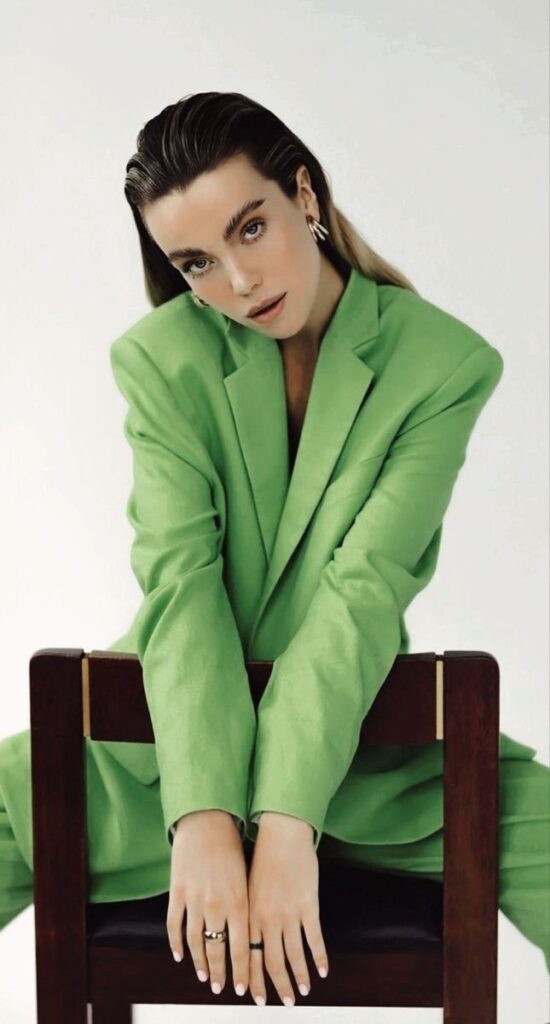
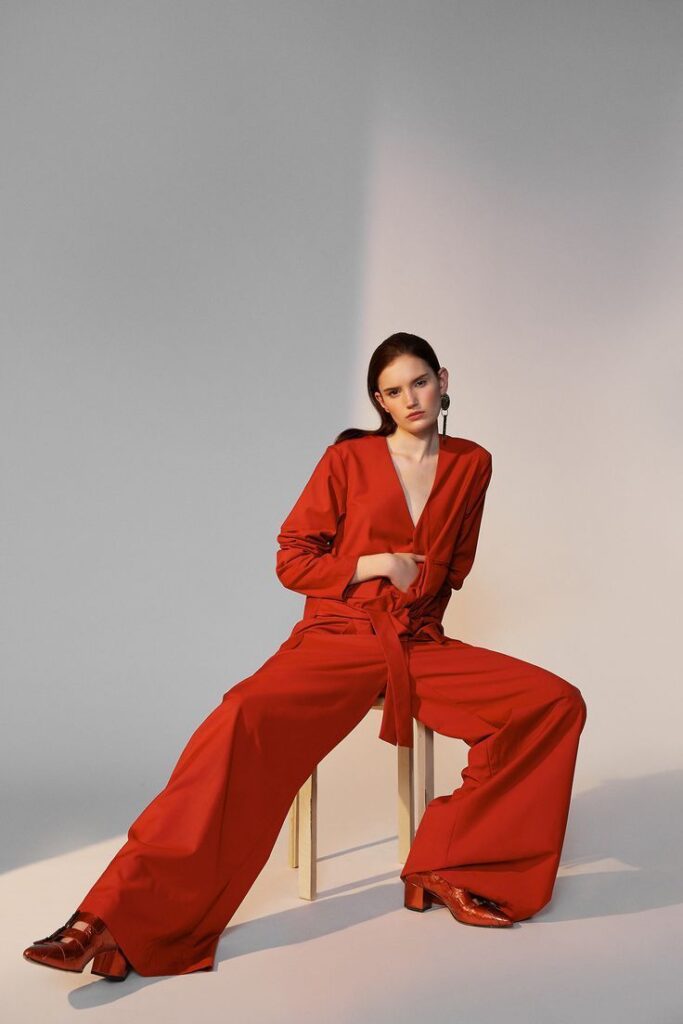
High fashion shoots focus on dramatic designs and polished looks. These sessions often take place in studios or exclusive locations with clean, controlled lighting.
Models pose formally to emphasize the clothes’ structure and detail. Hair and makeup are usually bold and styled to fit the theme.
Creative direction is key. Stylists use luxury fabrics, unusual shapes, and artistic makeup to create a visual story. This type of shoot aims to inspire and push fashion boundaries.
Location-Based Photoshoot Suggestions
Choosing the right location sets the tone for a photoshoot. Some spots offer strong visual contrasts, while others create a calm, natural atmosphere. Location affects lighting, background, and mood.
Urban Settings
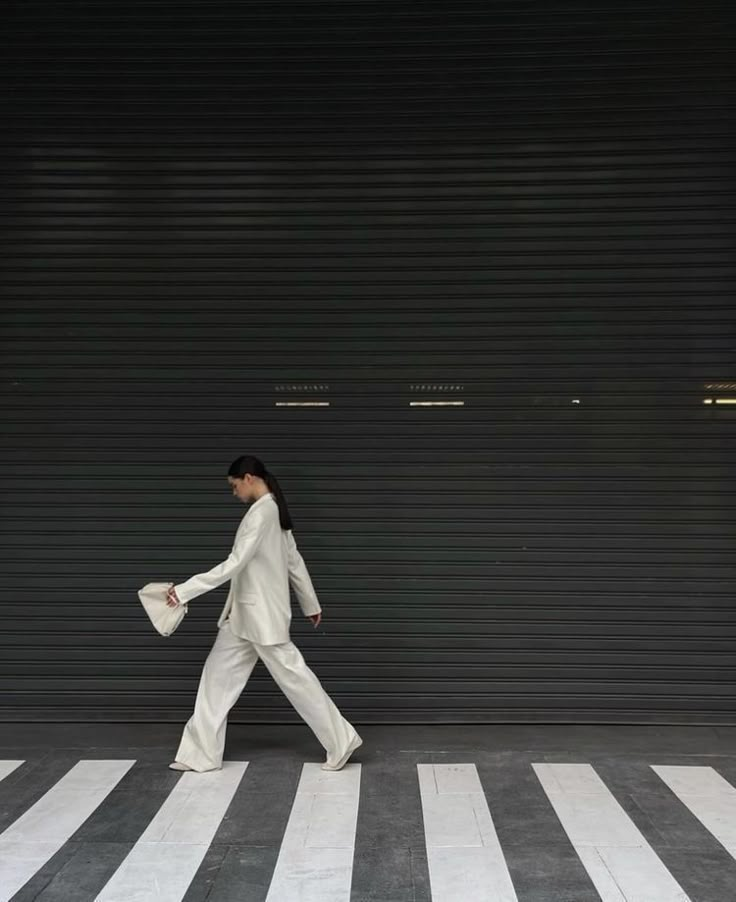
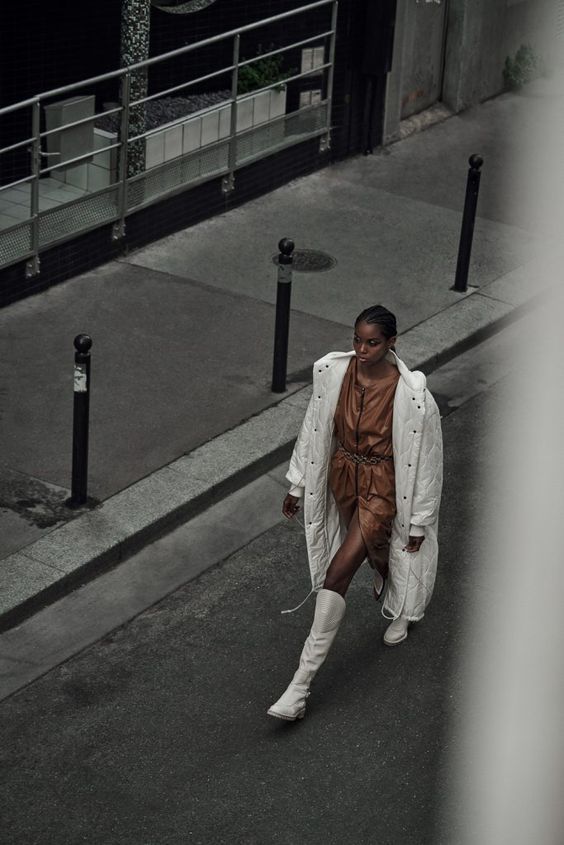
Urban environments provide a mix of textures and shapes. Buildings, streets, and graffiti walls add bold elements. Photographers can use reflections from windows or puddles for creative shots.
Crowded places offer dynamic backgrounds but require careful timing to avoid distractions. Quiet alleyways or rooftops give a more private feel. Nighttime shots capture city lights, neon signs, and moving vehicles.
Key features in urban locations include:
- Concrete and metal textures
- Bright, artificial lighting
- Architectural lines and symmetry
Urban photoshoots suit fashion, street style, or edgy themes.
Nature and Landscapes
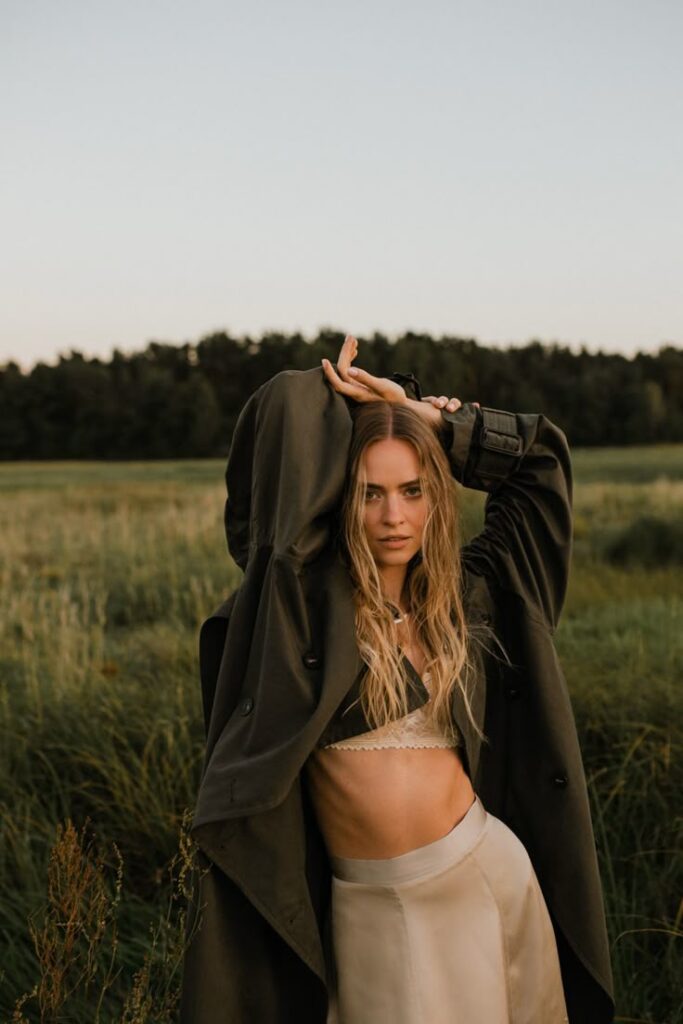
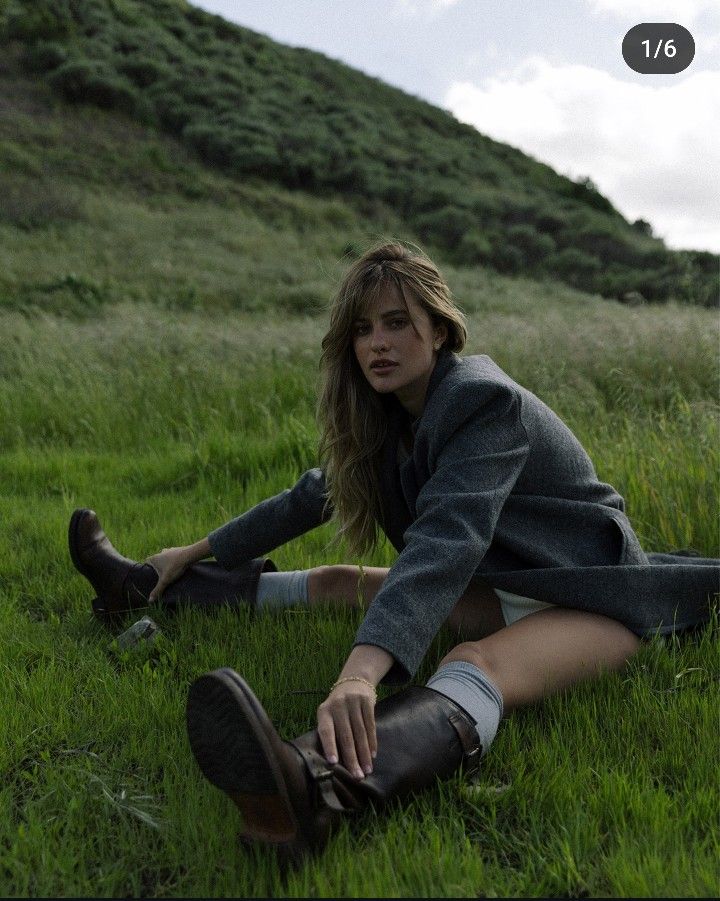
Natural settings add softness and vibrant colors. Parks, forests, lakes, and beaches provide calm and varied backdrops. Light filtering through trees or reflecting on water adds depth.
Outdoor shoots depend heavily on weather and time of day. Early morning and late afternoon offer warm, soft lighting called the “golden hour.” Nature photos focus on organic shapes and natural colors.
Important elements include:
- Greenery and natural light
- Open spaces and horizon views
- Seasonal changes (flowers, snow, fall leaves)
Nature is ideal for portraits, engagement shoots, and lifestyle photography.
Couple and Group Photoshoot Ideas
Photoshoot ideas for couples and groups focus on interaction, emotion, and connection. These ideas highlight settings, poses, and activities that create natural and meaningful images.
Engagement Concepts
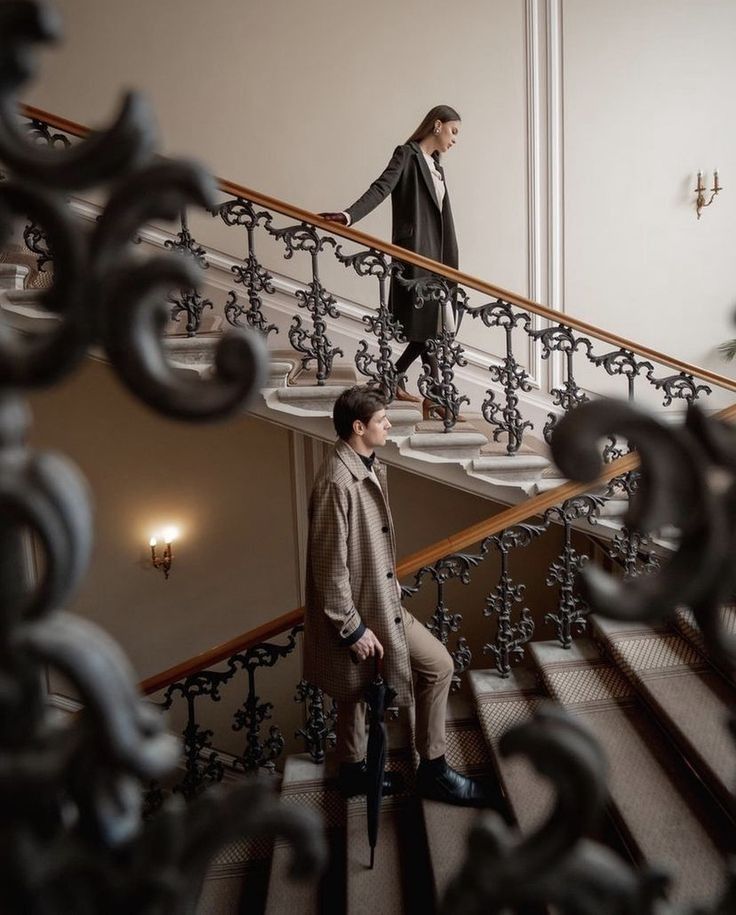
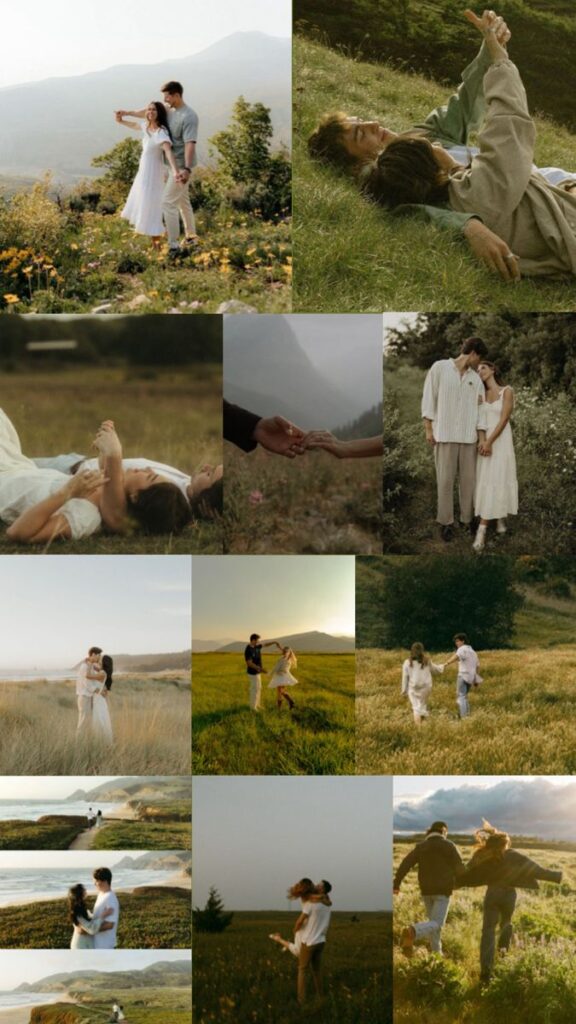
Engagement shoots often use romantic settings like parks, beaches, or urban spots with interesting backgrounds. Couples can hold hands, walk, or share a quiet moment to show closeness. Using props like balloons, signs, or flowers adds a personal touch.
Lighting is important. Golden hour (just before sunset) offers warm, soft light that enhances skin tones. Poses that show emotion—such as looking into each other’s eyes or gentle touches—work well. Casual outfits can make photos feel relaxed and genuine.
Friends and Family Gatherings
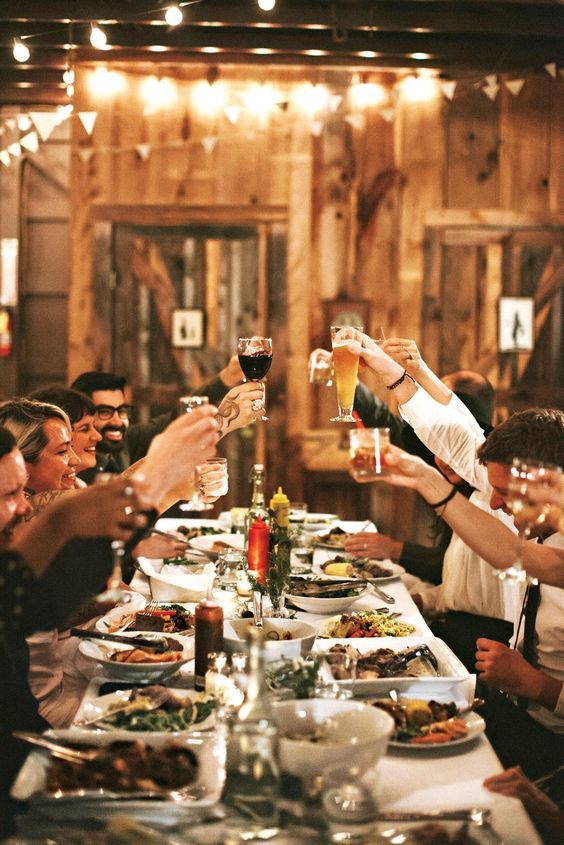
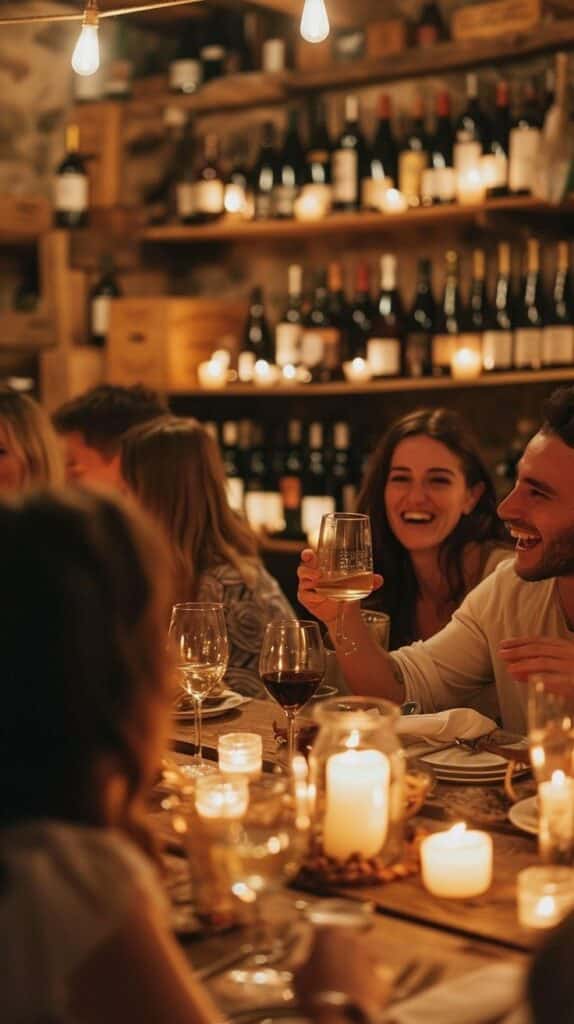
Group photos focus on capturing relationships and fun moments. Natural poses like sitting in a circle, walking together, or laughing are effective. Using different heights and levels avoids stiff lines and keeps the photo dynamic.
For informal gatherings, candid shots often capture true personalities. For larger groups, organizing by age, family branches, or friendship circles helps keep the image neat. Use a mix of wide shots and close-ups to show the full group and individual expressions.
Photoshoot Ideas for Special Occasions
Special occasions need photoshoots that capture the mood and meaning of the event. Using props, locations, and themes that fit the celebration helps create memorable pictures.
Birthday Celebrations
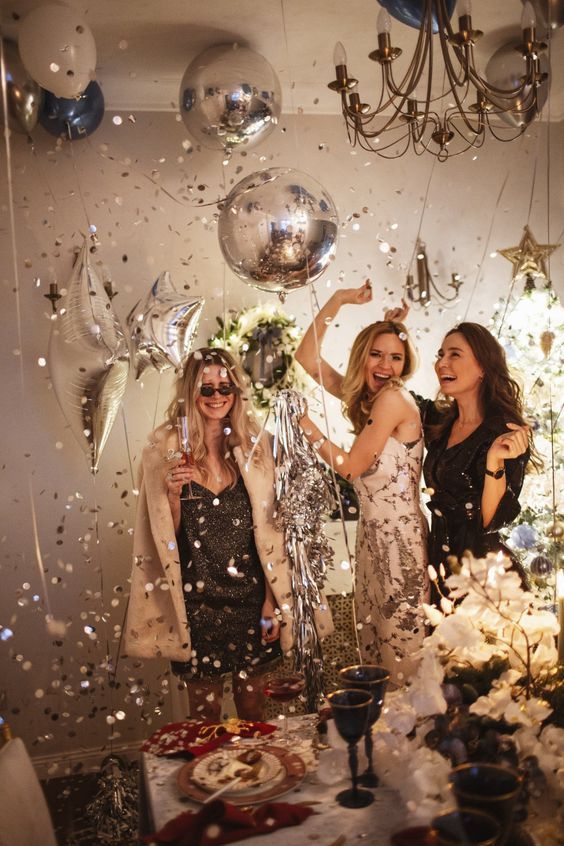
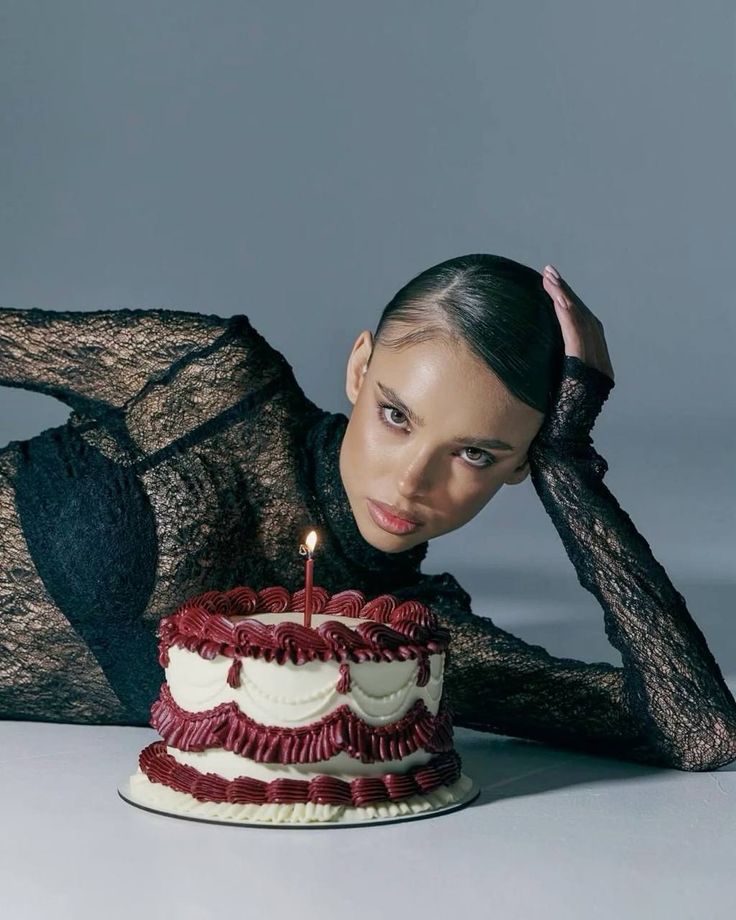
For birthdays, focusing on the person’s interests makes the shoot personal. They can use balloons, cakes, or party hats as props. Bright colors and festive decorations work well for children.
Adults may prefer a more elegant or casual style, such as outdoor settings or cozy indoor scenes with tasteful lighting. Capturing candid moments with friends and family adds life to the photos.
Poses around blowing out candles or opening gifts create natural smiles and show excitement. It helps to plan the shoot during key moments to catch the genuine emotions.
Graduation Themes
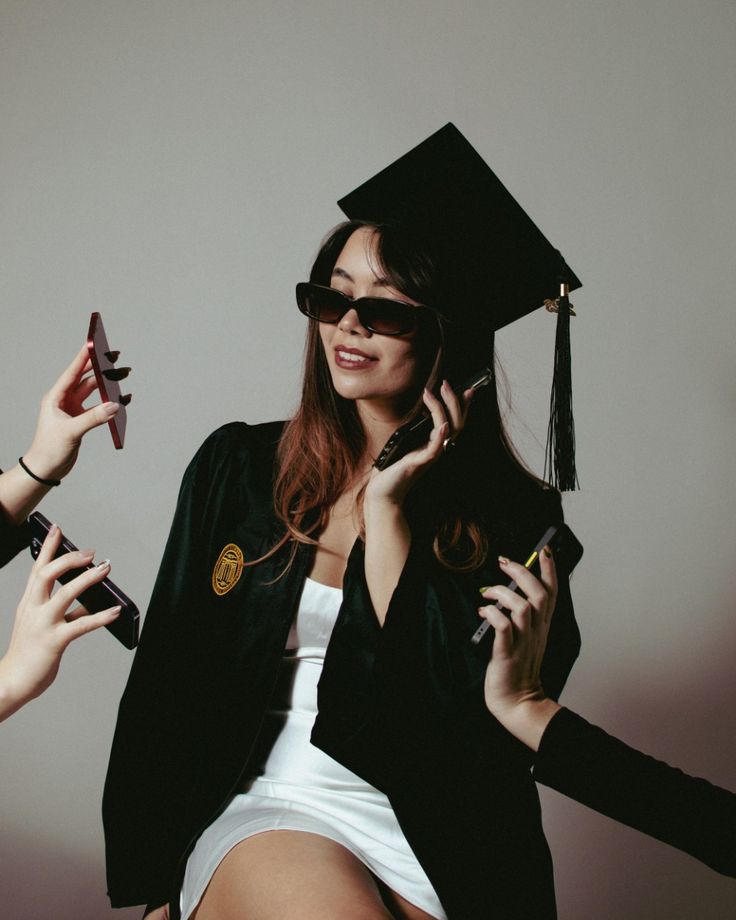
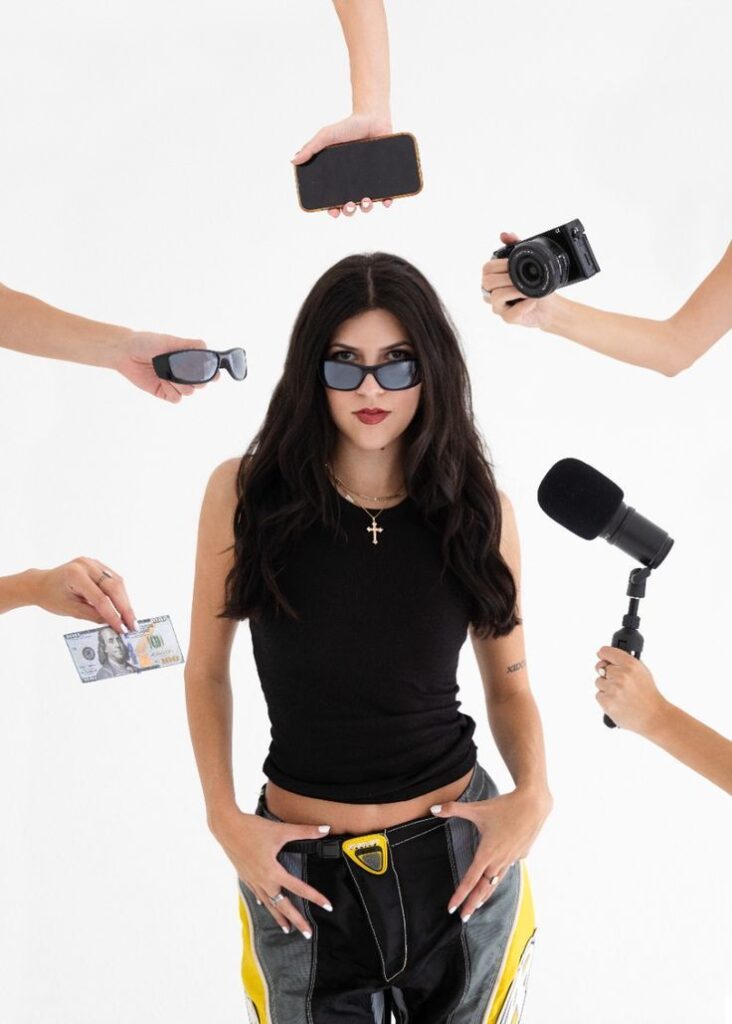
Graduation photos should highlight achievement and future goals. A traditional cap and gown look is a common choice. Adding a backdrop of the school or campus adds context to the photos.
Including textbooks, diplomas, or other study materials can symbolize hard work. Outdoor shoots at sunset or near iconic landmarks offer great lighting and meaningful backgrounds.
Poses might involve holding the diploma, walking confidently, or looking toward the horizon. These ideas emphasize pride and new beginnings.
| Graduation Photoshoot Tips |
|---|
| Wear cap and gown |
| Use school landmarks |
| Include diploma or books |
| Capture natural lighting |
| Show confident poses |
Pet and Animal Photoshoots
Capturing pets and animals requires different settings and techniques. Lighting, background, and timing all play key roles in creating sharp and expressive images. The approach changes depending on whether the shoot is indoors or outdoors.
Studio Pet Portraits
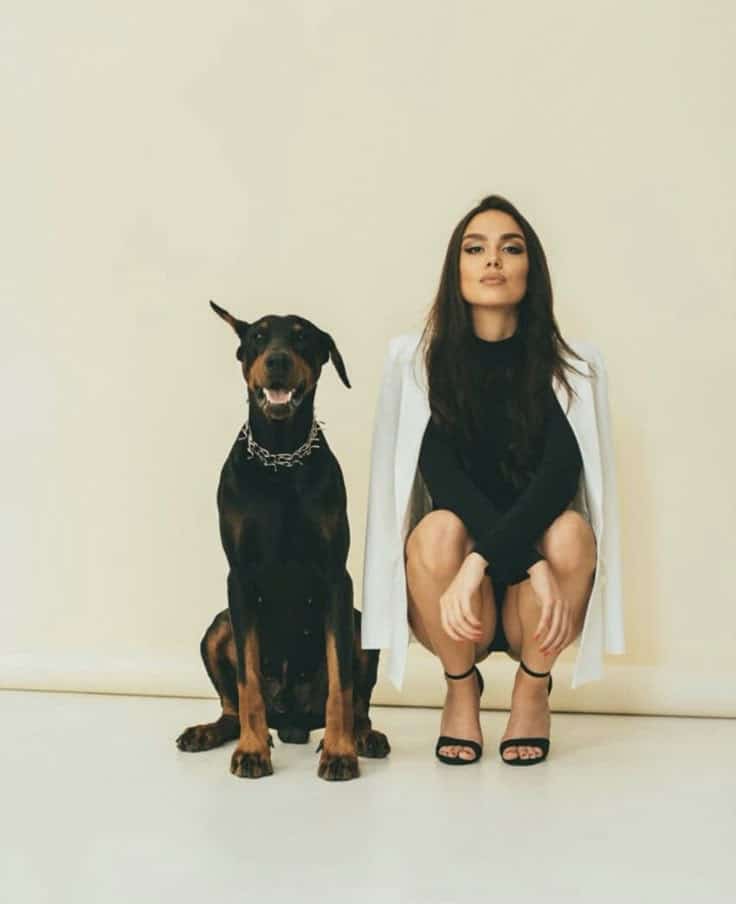
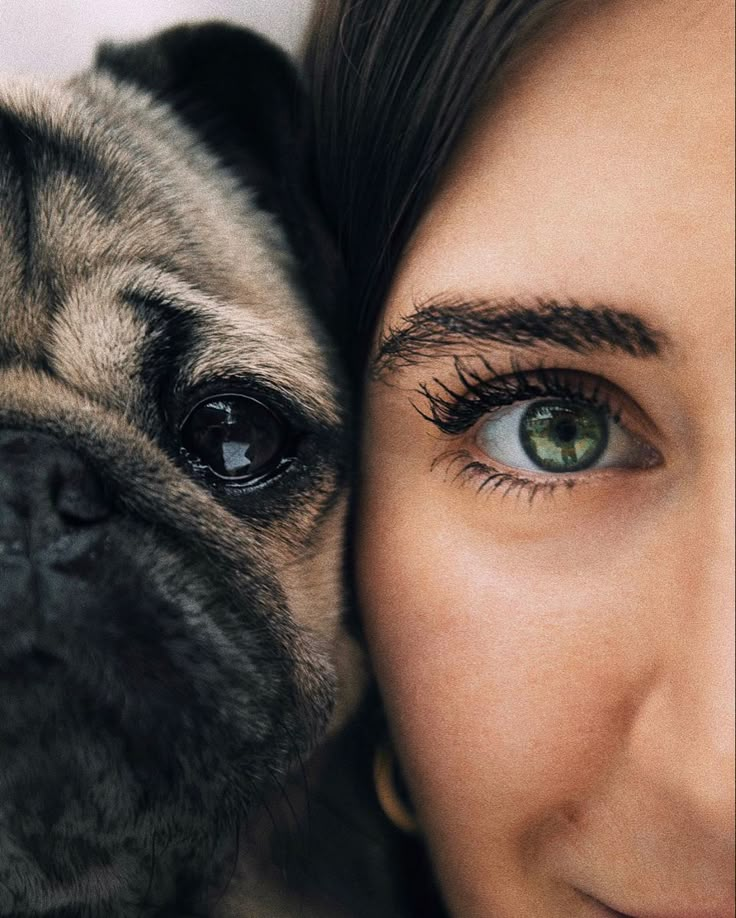
Studio pet portraits focus on clear, controlled lighting and simple backgrounds. The subject is usually centered and well-lit to highlight details like fur texture and eye color. Softbox lights or natural window light are common tools.
The photographer should prepare the studio ahead by removing distractions. Using props or plain backdrops can add focus and style. Patience helps, as pets may need breaks or treats to stay calm.
A short lens with a wide aperture is often used to create sharp focus on the pet’s face with a blurred background. This helps draw attention to the pet’s expression.
Outdoor Animal Action Shots
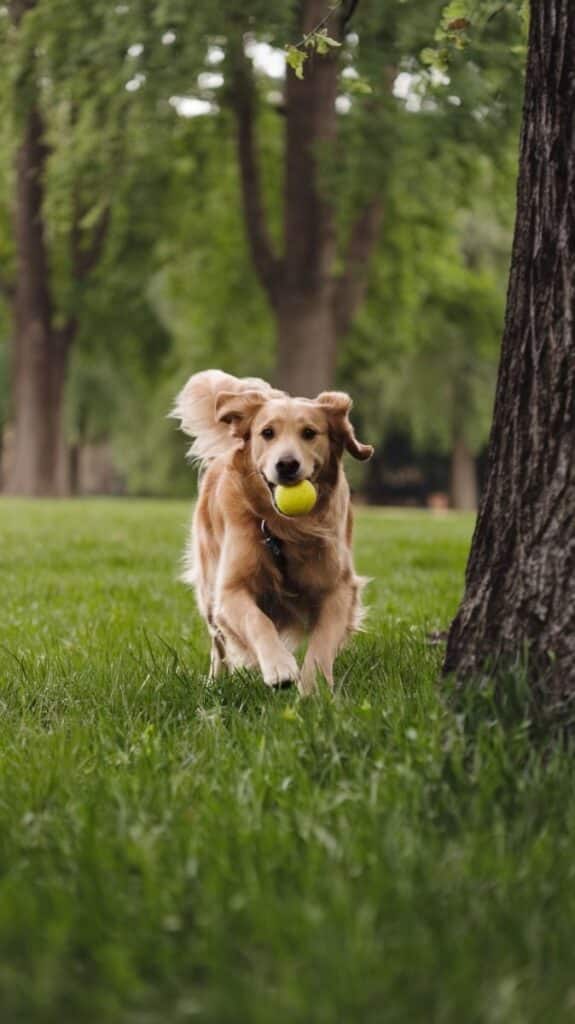
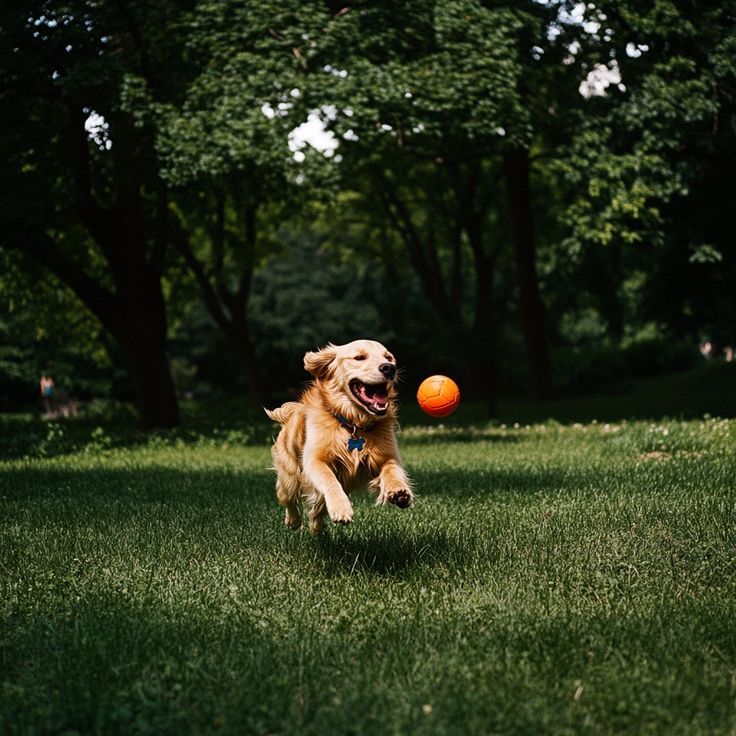
Outdoor sessions capture animals in motion or natural behavior. Timing is important, often needing fast shutter speeds to freeze movement. Natural light outdoors offers a wide range of effects depending on the time of day.
Shoots may happen in parks, open fields, or near water. The environment adds context and can show the animal’s personality. Photographers use burst mode to take multiple shots quickly.
Comfort for the animal is key. Keeping the session short and allowing freedom to explore produces genuine moments. Preparing to move quickly and using longer lenses also helps get clear action shots without disturbing the animal.
Tips for Planning and Executing Photoshoots
Planning a photoshoot involves careful attention to style, setting, and timing. Proper lighting and composition ensure the final images look professional and appealing.
Preparation and Styling
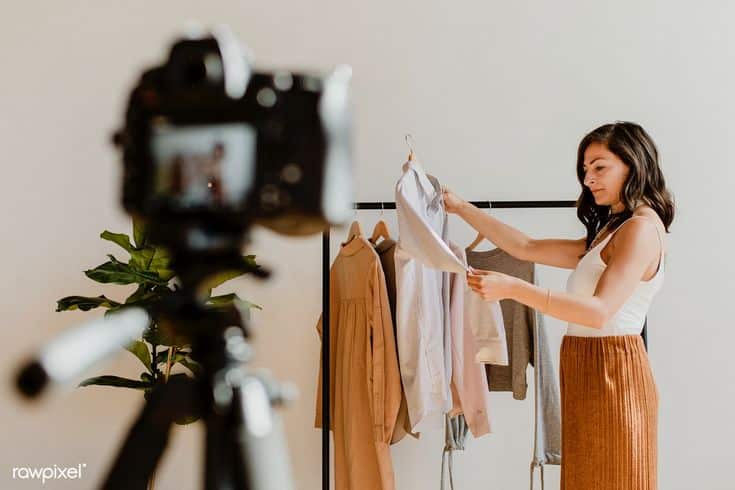
Choosing the right outfits is key. Clothes should fit the theme and location, with colors that complement the surroundings. Accessories can add interest but shouldn’t distract from the subject.
Organizing props and backgrounds ahead saves time on set. Make sure outfits are clean and pressed. It’s helpful to have a few backup options ready in case things don’t work as planned.
A clear shot list helps guide the session. Knowing which poses and angles to try keeps the shoot efficient. Communication between photographer and models about expectations also improves results.
Lighting and Composition
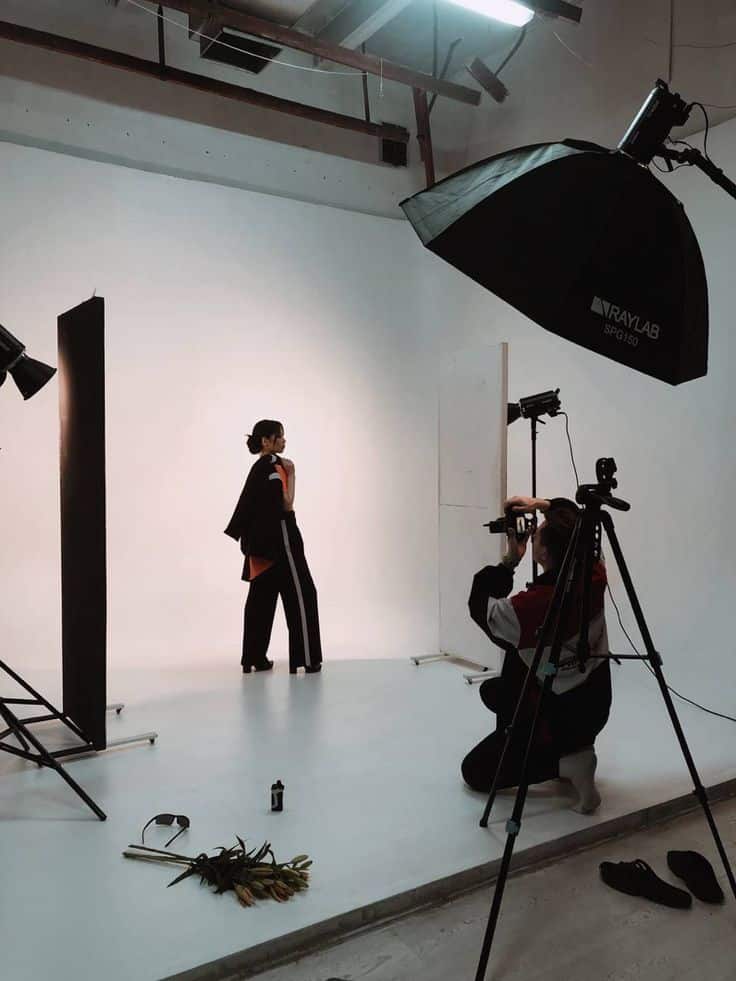
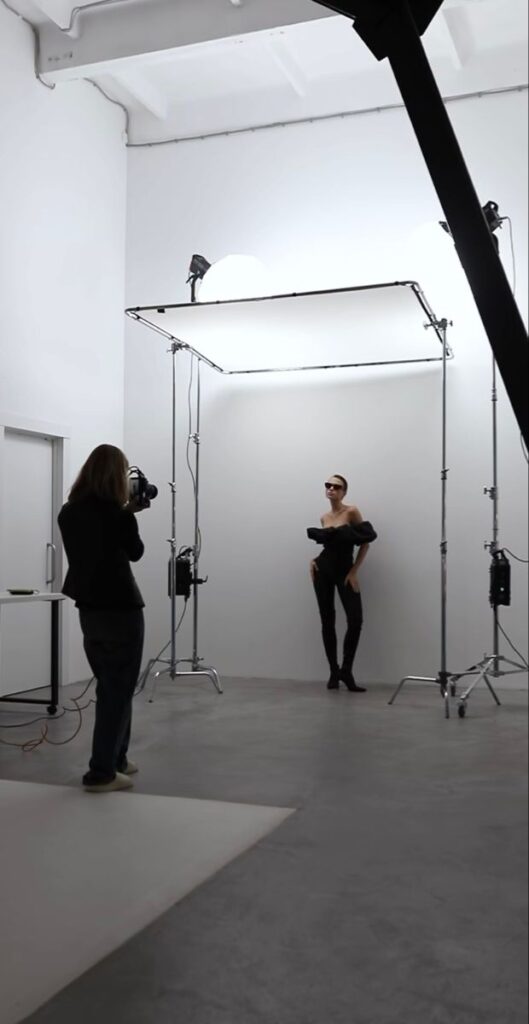
Natural light works best for many photoshoots, especially during golden hour—one hour after sunrise or before sunset. If indoors, softbox lights or ring lights can mimic natural light and reduce harsh shadows.
Position the light source to highlight the subject’s best features. Avoid direct overhead light, which can create unflattering shadows.
Use the rule of thirds to place subjects off-center, making images more dynamic. Leading lines and framing add depth and focus. Keeping backgrounds simple reduces distractions and emphasizes the subject.
- 0shares
- Facebook0
- Pinterest0
- Twitter0
